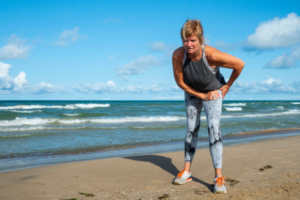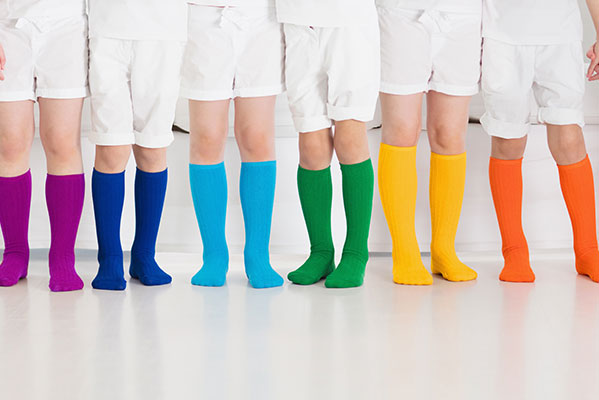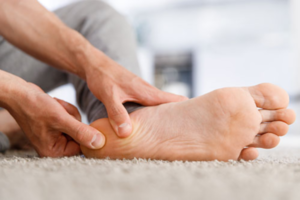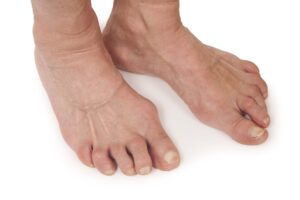
Hip Dysplasia: A Guide for Parents and Adults
Hip dysplasia (developmental dysplasia of the hip – DDH) is a condition that affects the hip joint.

Knock knees are a common issue that arise in toddlers and adolescents. They are an inwards position of the knees when a child is standing. It results in both knees coming in contact with each other, hence the name ‘knock’ knees.
When knock knees first arise, it is normal to think it may be debilitating and painful for a child. However, it is important to understand that in most cases, knocks knees are a common occurrence that arise as a child learns how to walk. It is therefore important to understand the milestones that a child is expected to reach when learning to walk.
As a child first learns to walk around 12 – 18 months, their muscle strength and balance will be weak. In most cases, a child’s feet will have the appearance of a flat foot and their pelvis will be in a forward – tilted position. Collectively, this contributes to development of knock knees.
At approximately the ages of 4 – 5 it is expected that a child’s knees slowly become straighter from a knock knees position. This is a normal part of a child’s gait development that occurs when a child’s lower limb begins to gain strength and balance. As a part of the gait development milestone, it is then expected that a child maintains this approximately up to the age of 7, where it is normal to see slight development of the arch of a foot and the pelvis be in a less of a forward – tilted position.
In understanding how gait develops as a child learns to walk, any observations that occur beyond these milestones may be seen as abnormal. However, it is important to understand that there is no exact ‘normal’ measure and that every child is different. Besides this, there are few observations that may influence whether treatment may be helpful:
Knock knees often do not require any intervention as they are part of the development of a child’s gait and often reduce as a child gets older. If you are concerned about your child’s knees or feet, begin to note these observations from an early age. For example, take a photo of your child’s knees while standing and record them walking, then compare these 6 months later.
If you feel uncertain or confused about your child’s knees, let the team at SOLE – LUTION PODIATRY help you. You can reach us on 02 9569 514.
Luke Sassine
Sole – Lution Podiatry

Hip dysplasia (developmental dysplasia of the hip – DDH) is a condition that affects the hip joint.

Heel pain can be a real drag, especially when that first step in the morning feels like stepping on a tack. One culprit behind this discomfort can be heel spurs. But what exactly are they, and more importantly, how can you fix them?

Arthritis in the feet can significantly disrupt your daily life, turning simple walks into painful struggles.